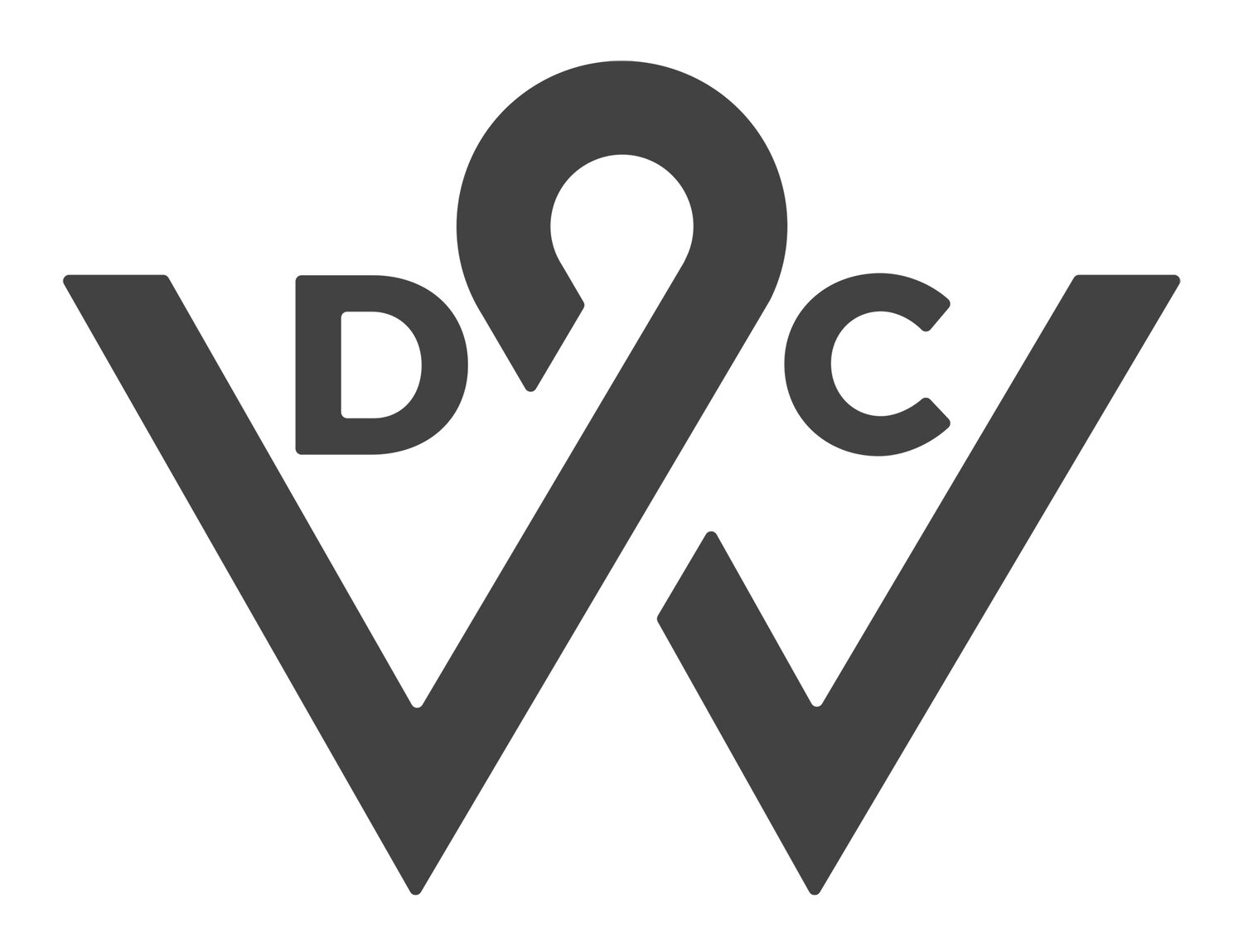Why agencies need to elevate Creative Ops
In an ever changing production and delivery landscape, Creative Ops has never been more important. It’s time both external and internal creative agencies recognised this.
By Nicky Russell
“I don't really understand why we need Creative Operations people” – CMO
“Creative Operations is a back of house function” – CEO
“I’d rather just invest my entire budget in strong strategic and creative people” – Management trainee, aged 38
The first two of these are genuine comments we’ve encountered at WDC over the years – more than once, I might add, at least in spirit. The third pays homage to a famous Economist poster…
All illustrate the point that Creative Operations has long been allocated second class citizen status in our industry. Ops people are there to oil the wheels and keep the train on the track, but there’s no sense that they have a strategic or creative role to play.
From the helicopter view of senior management, it has always been easy to overlook the value contributed by Creative Ops.
Senior management often struggle to see the value in Creative Ops
The creatives have all the ideas; the designers, writers, videographers and developers can all point to the tangible outputs of their labour; even the planners produce clever presentations, write briefs and deliver marketing performance reports. But the contribution of project managers, producers and resource managers is either invisible or way too scary looking (“But these are great Gantt charts, Mr CFO!”). In such circumstances, it all feels dangerously like an overhead.
A new role for Creative Ops
However, it’s fair to say this attitude is receding. Over the past few years, as the production landscape has rapidly changed, so the need for Creative Ops has become clearer.
Today, marketing output is dominated by a combination of always-on content and high volume, multi-format digital assets. It’s a far cry from the days of 2 big budget telly ads a year, with a bit of print support thrown in for good measure. The challenge of organising who, when and how to produce this unprecedented volume and diversity of output has propelled Creative Ops into a new, more valued role.
It has never been more important to have strong, empowered experts to manage the talent, control the budget, steer the process and deliver the assets to the right channels in the right formats at the right time.
As such, Creative Ops – arguably now better understood as Creative Production – is now making its way into the A-team.
The shift to a “production first” mentality is evidenced by the rise of Media Monks; the increasing presence of ‘the makers and make shit happen’ teams in creative pitches; and the trend for creative agencies to build in-house, full-service production studios – whether alone, or with in-sourced talent from the likes of TAG, Wellcome and other established specialists.
Media Monks: evidence of the rise of a production-first mentality
The case for involving production and delivery strategy upfront in the creative process is no longer just about feasibility-checking, but to help shape creative ideas. As technologies change dynamically, new creative possibilities are emerging all the time. Smart production experts can bring that knowledge into the ideation phase, opening up creative routes that might never otherwise have been conceived.
So, the battle for more involvement (and recognition) of Creative Ops is being won. But it is still largely seen as a ‘coal face’ discipline. Its place at ‘top table’ – contributing to the strategic direction of the business – is much less established. And this is a problem.
A bigger role for Creative Ops
The importance of Creative Ops goes beyond the immediate challenges of responding and delivering against individual briefs. The discipline also has a broader role to play in ensuring the future health of creative agencies – both external and internal.
Why? Because the changes we talked about earlier – to the media landscape, to production technologies and to delivery models – are ongoing. It’s not like some new paradigm has been defined and is now fixed for the next 20 or 30 years. It’s changing all the time.
And who deals with change best in a creative organisation? Who pivots while everyone else is reeling at news of the latest setback and finds a way of making things work? If you work in an agency, I’d argue the most solution-focused people in your organisation work in Creative Ops.
If you use them correctly, you won’t just see them as the connective tissue in a complex and ever-changing eco-system – important though that role is. But you will also bring their operational mindset into the heart of your business – enabling you to pivot constantly, responding to new challenges and opportunities with a can-do attitude and the skills to actually make change happen.
There will be huge competitive advantage up for grabs as delivery models shift and mutate in the coming years. An empowered Creative Ops team can seize these opportunities on your behalf.
But that won’t happen if they continue to have to fight for their voice to be heard at the senior management top table. The time has surely come to elevate Creative Ops – strategically as well as creatively and operationally.
Nicky and her partners at WDC, John Owen and Jim Hubbard, will be running a seminar on Elevating Ops next Wednesday, prior to the Creative Operations Europe conference the following day. You can sign up with the organisers, Henry Stewart, here.



